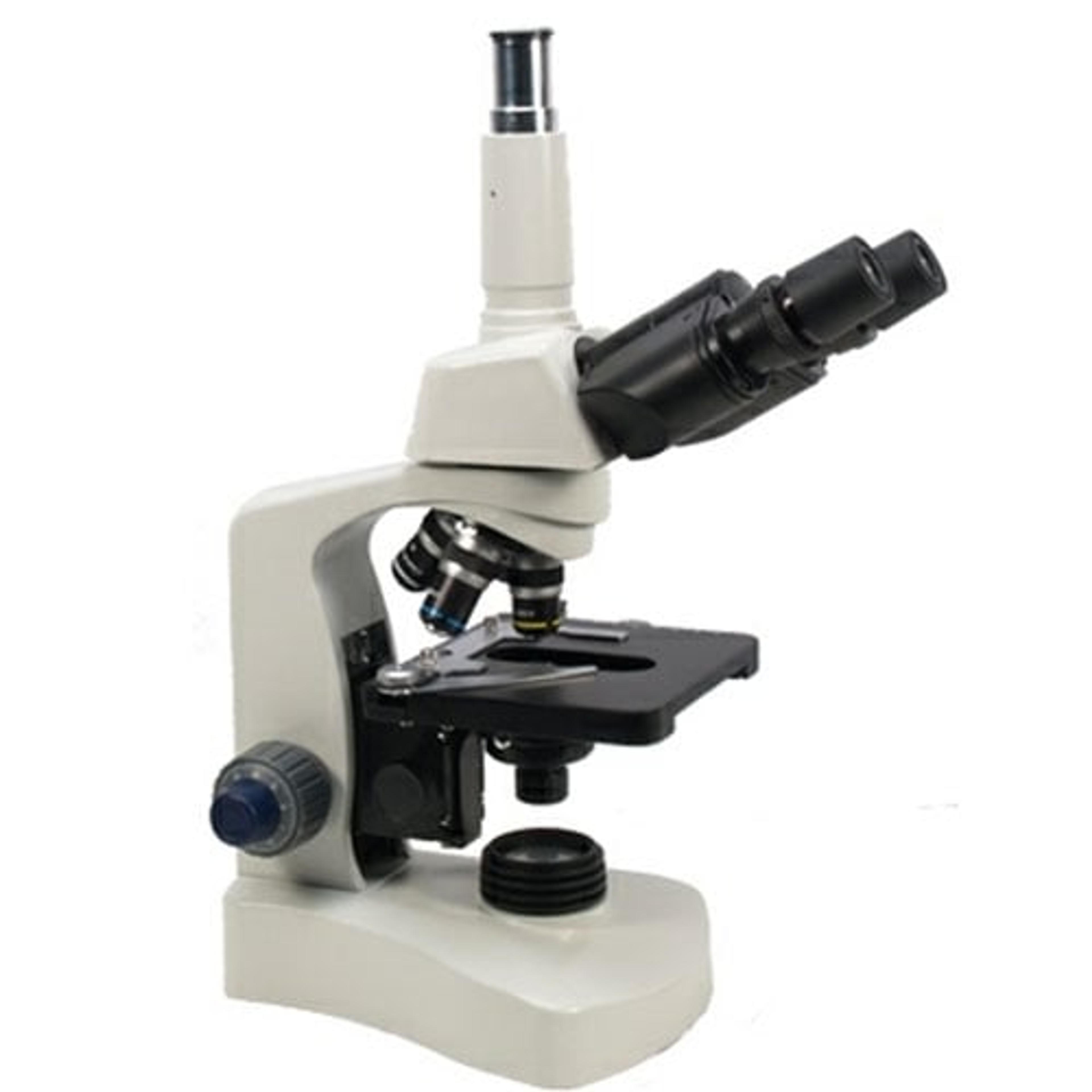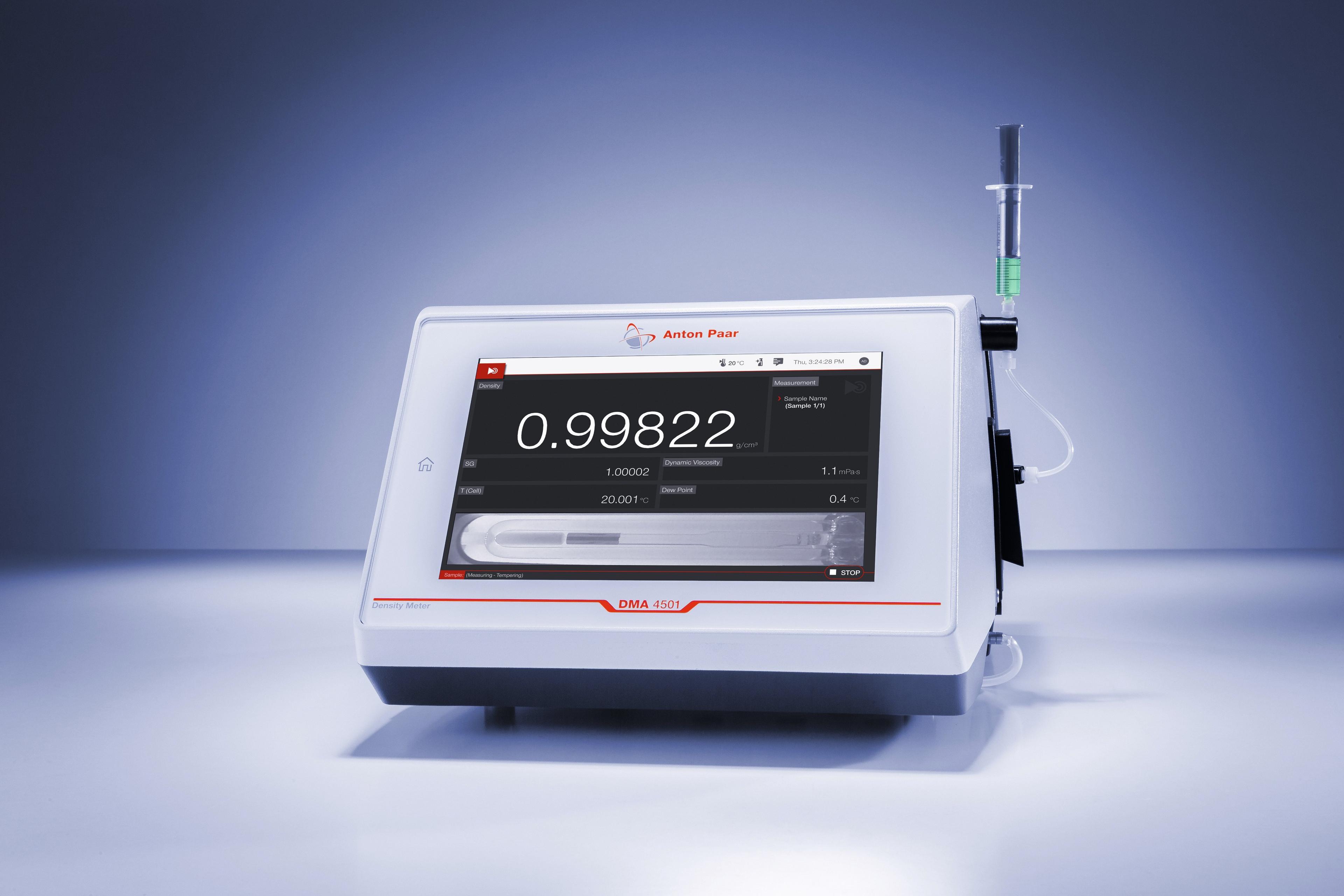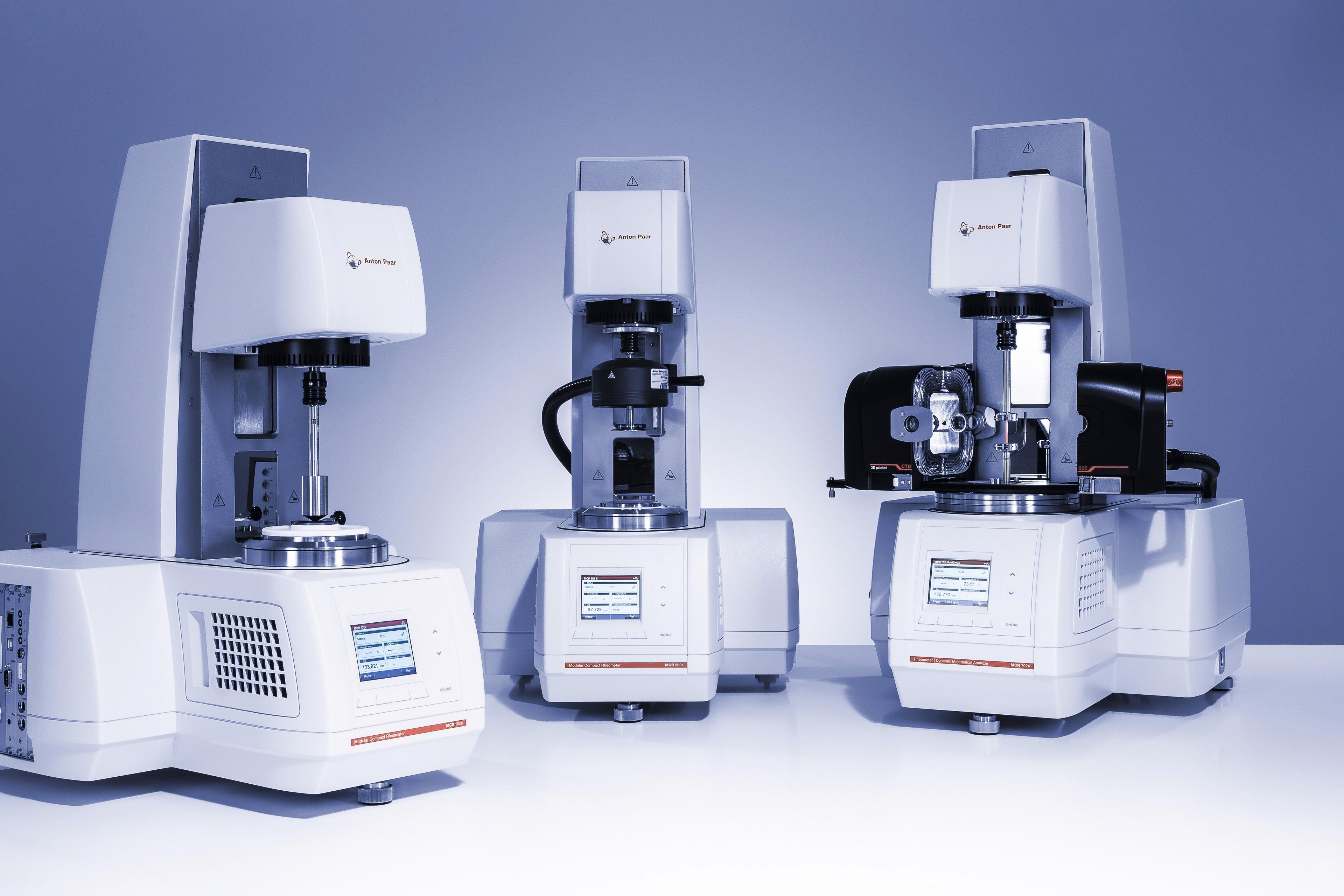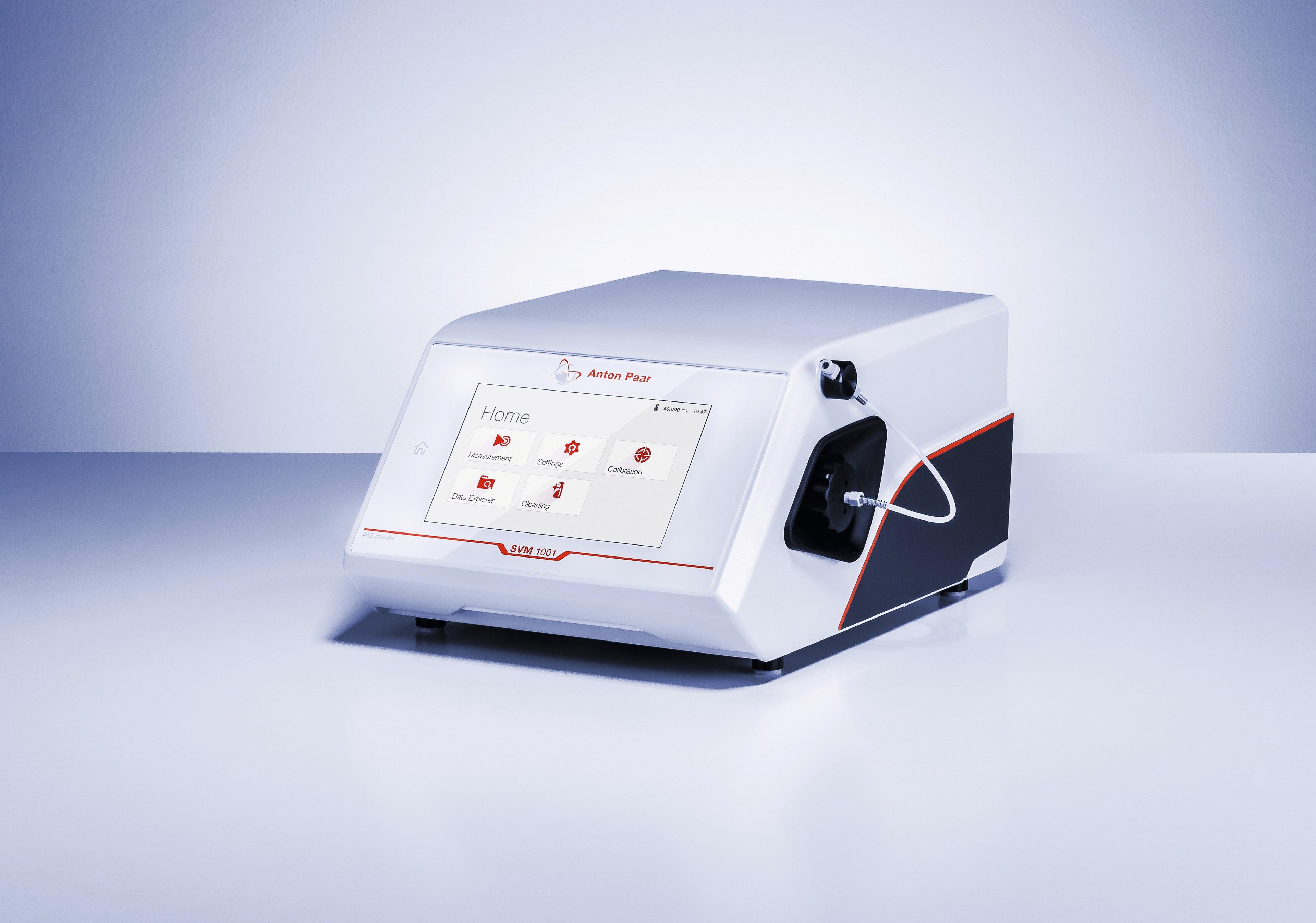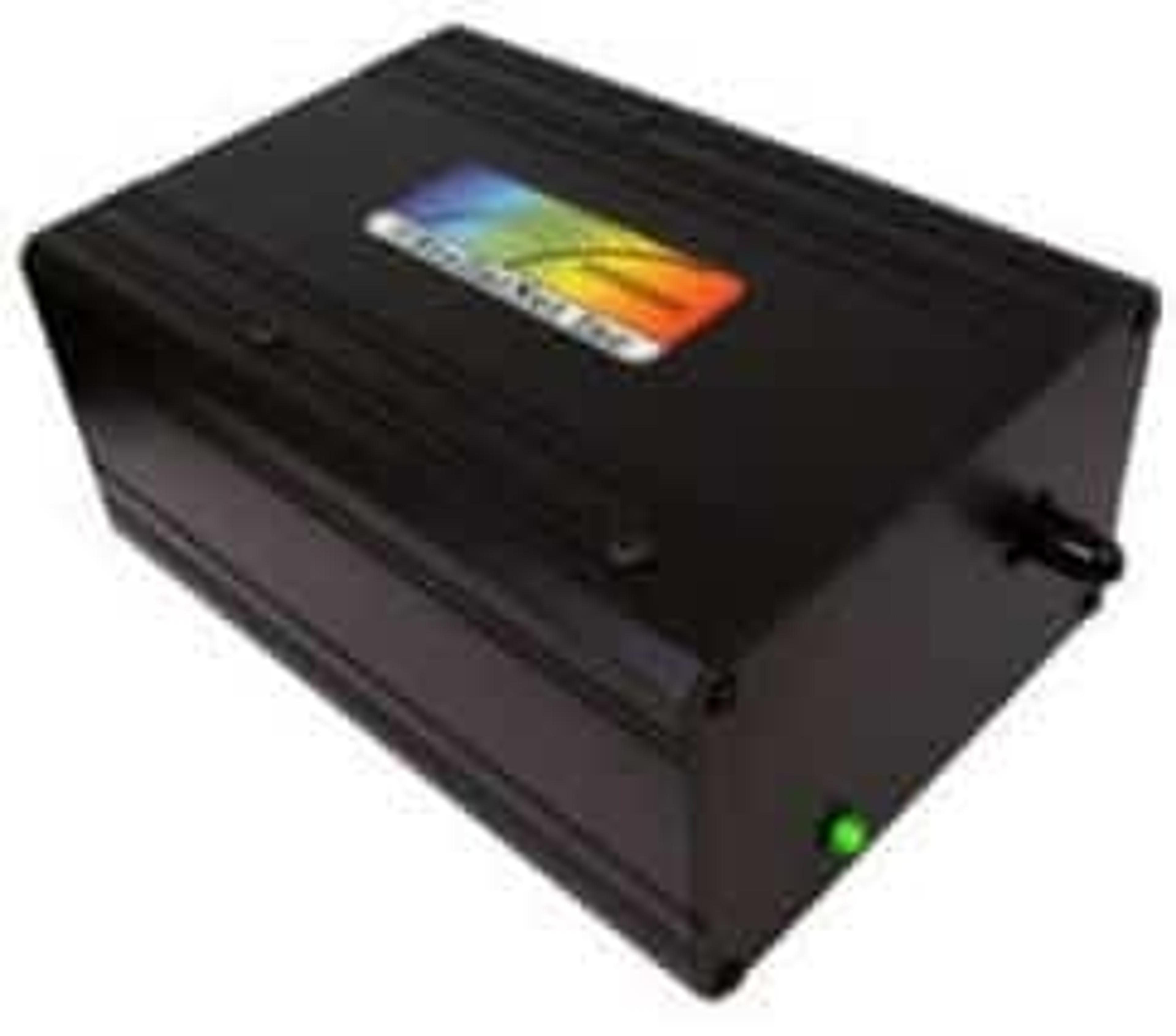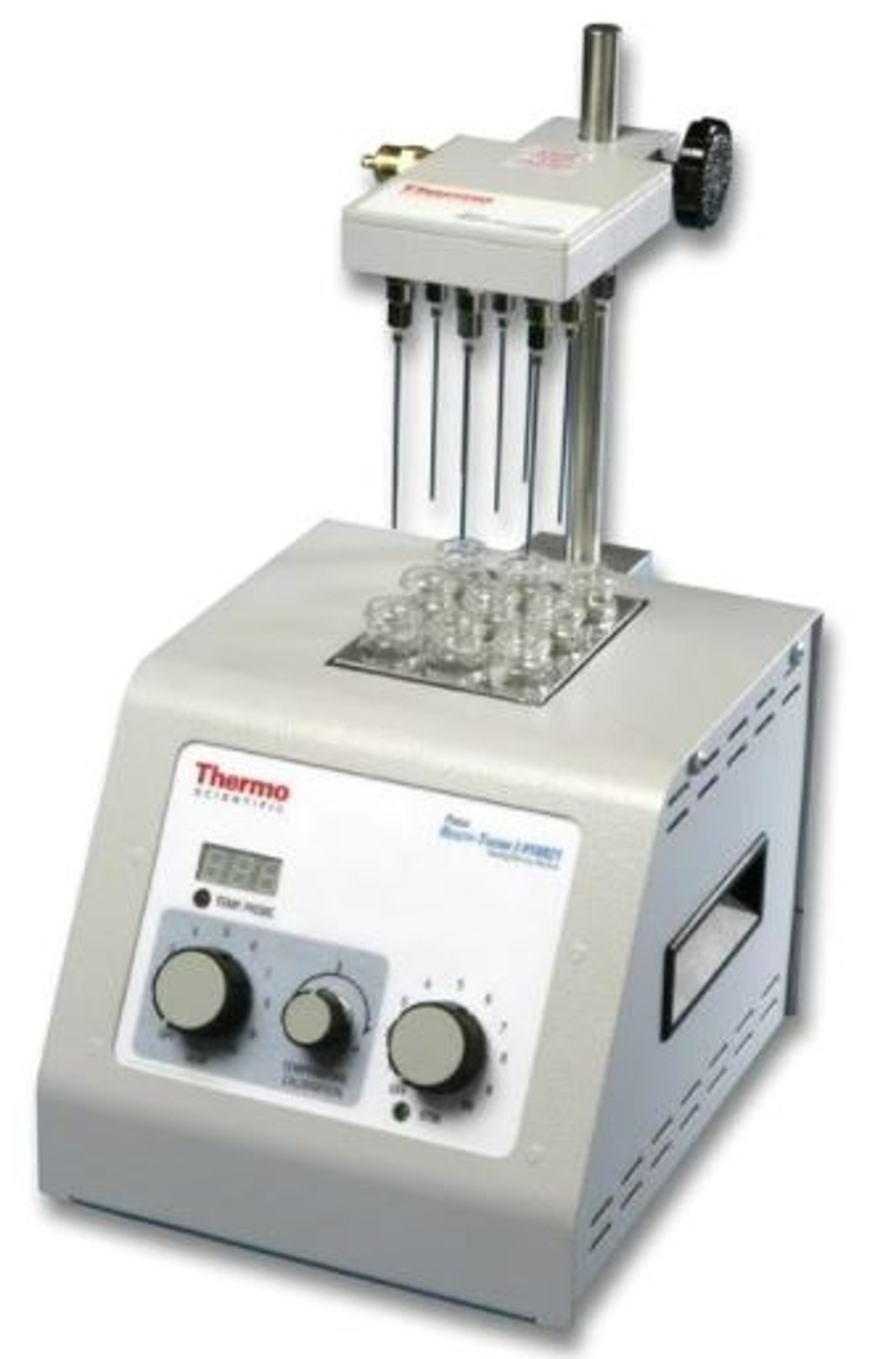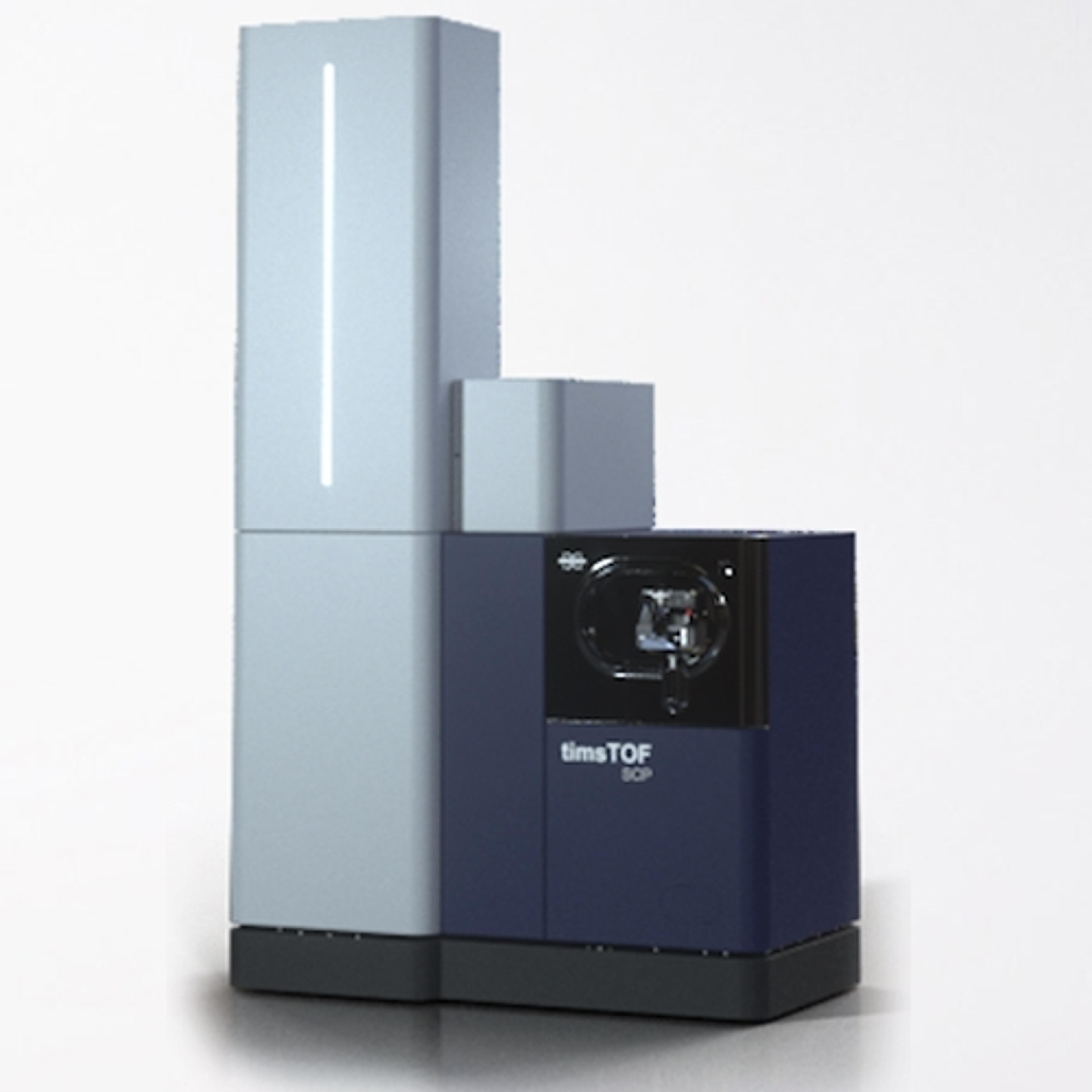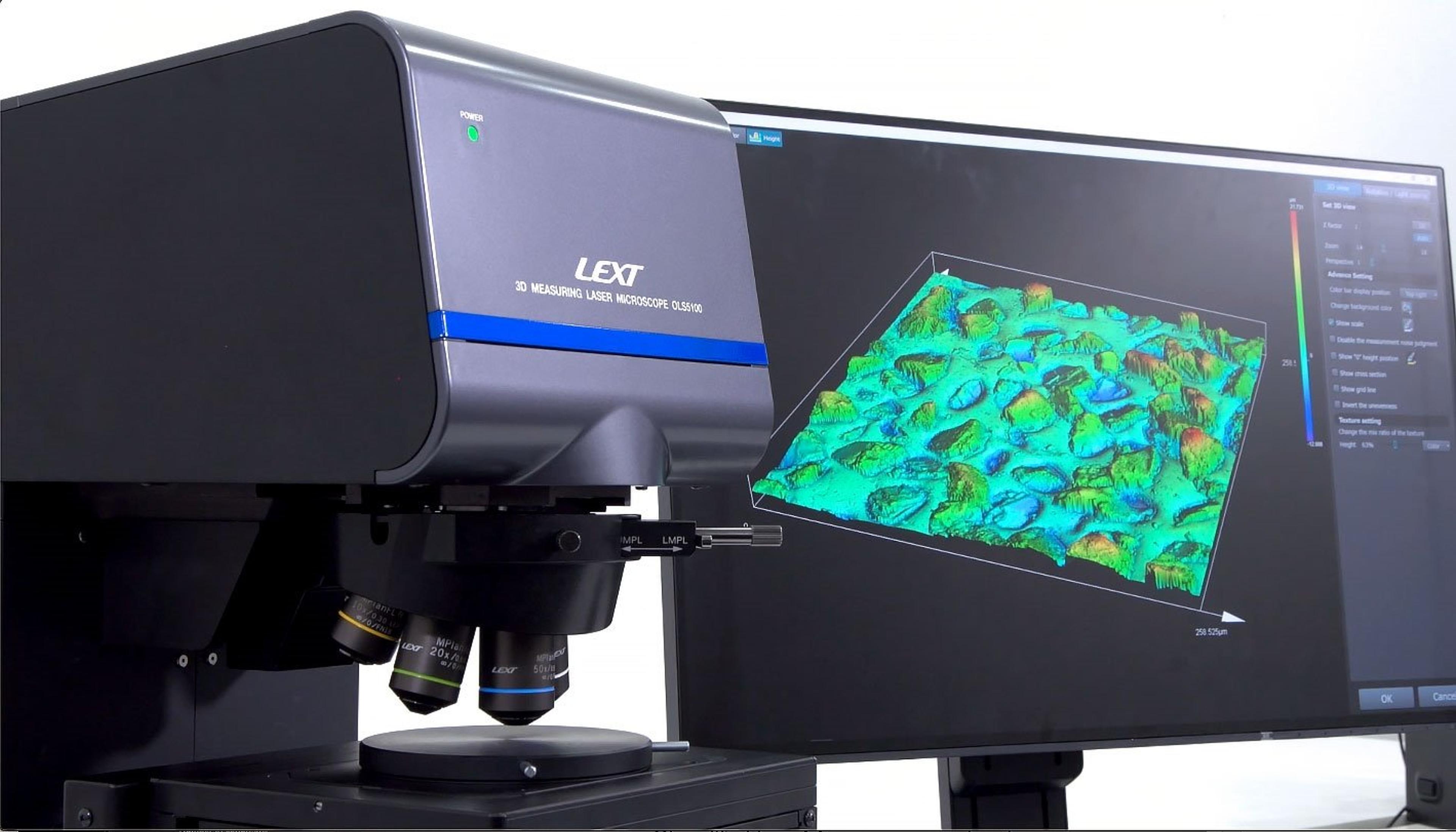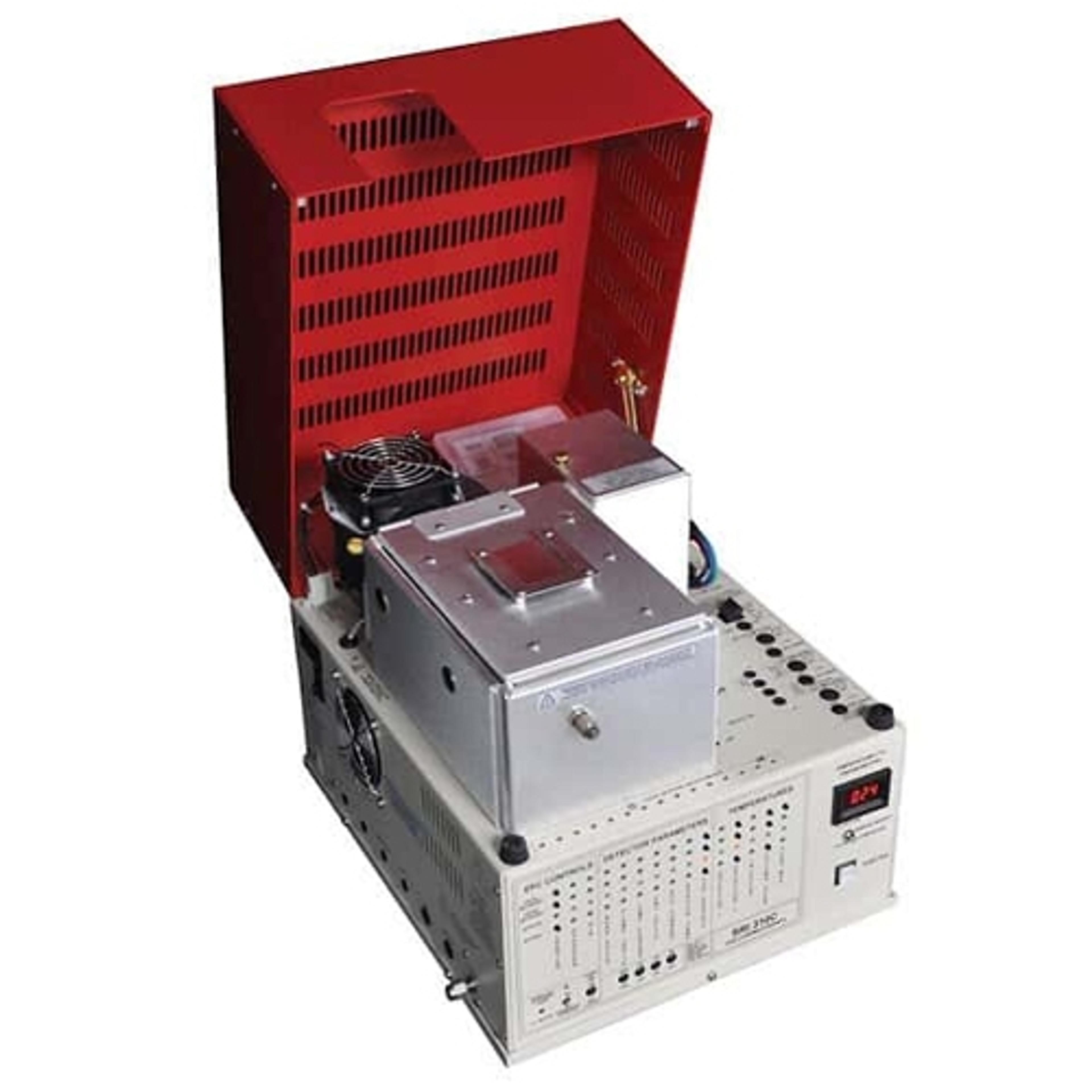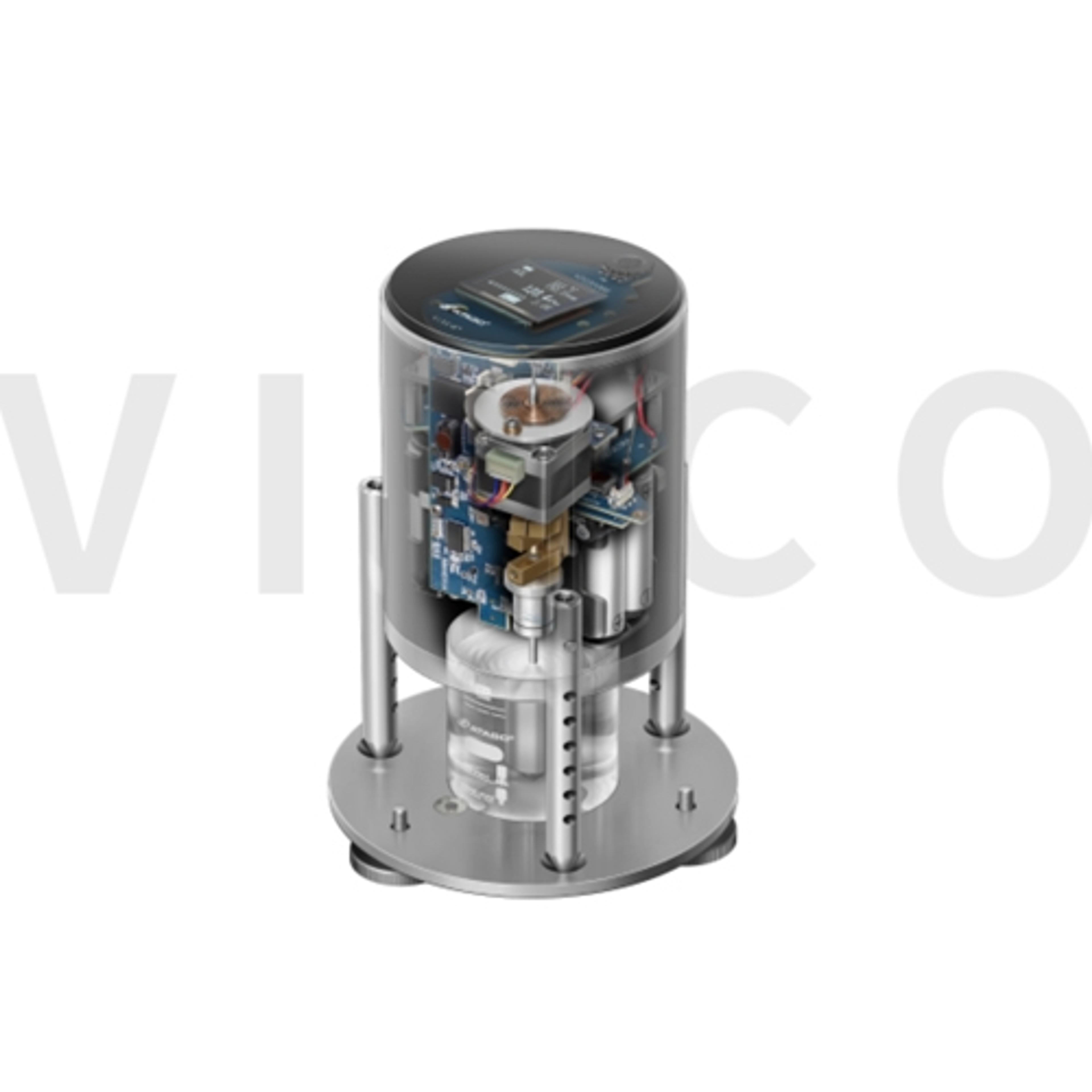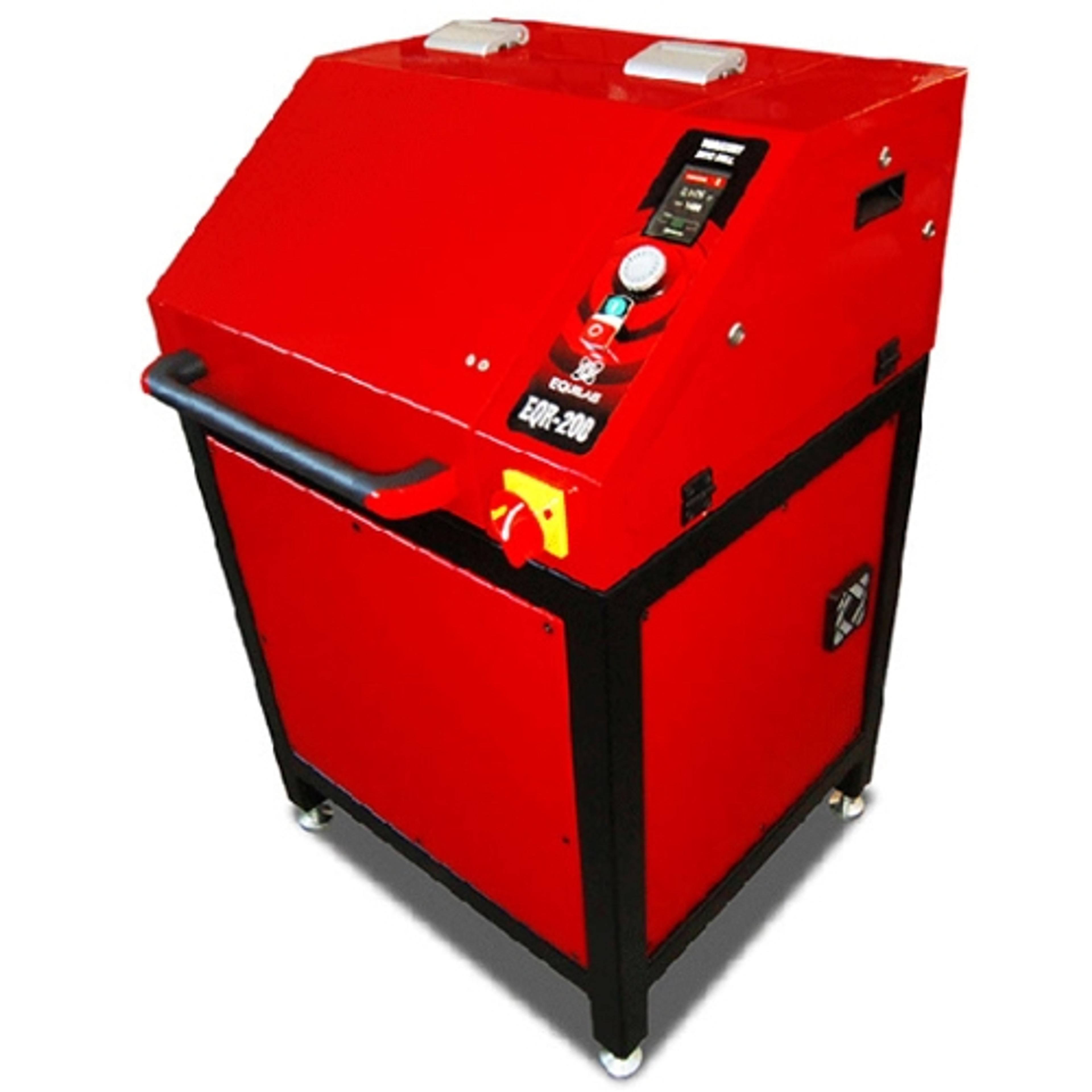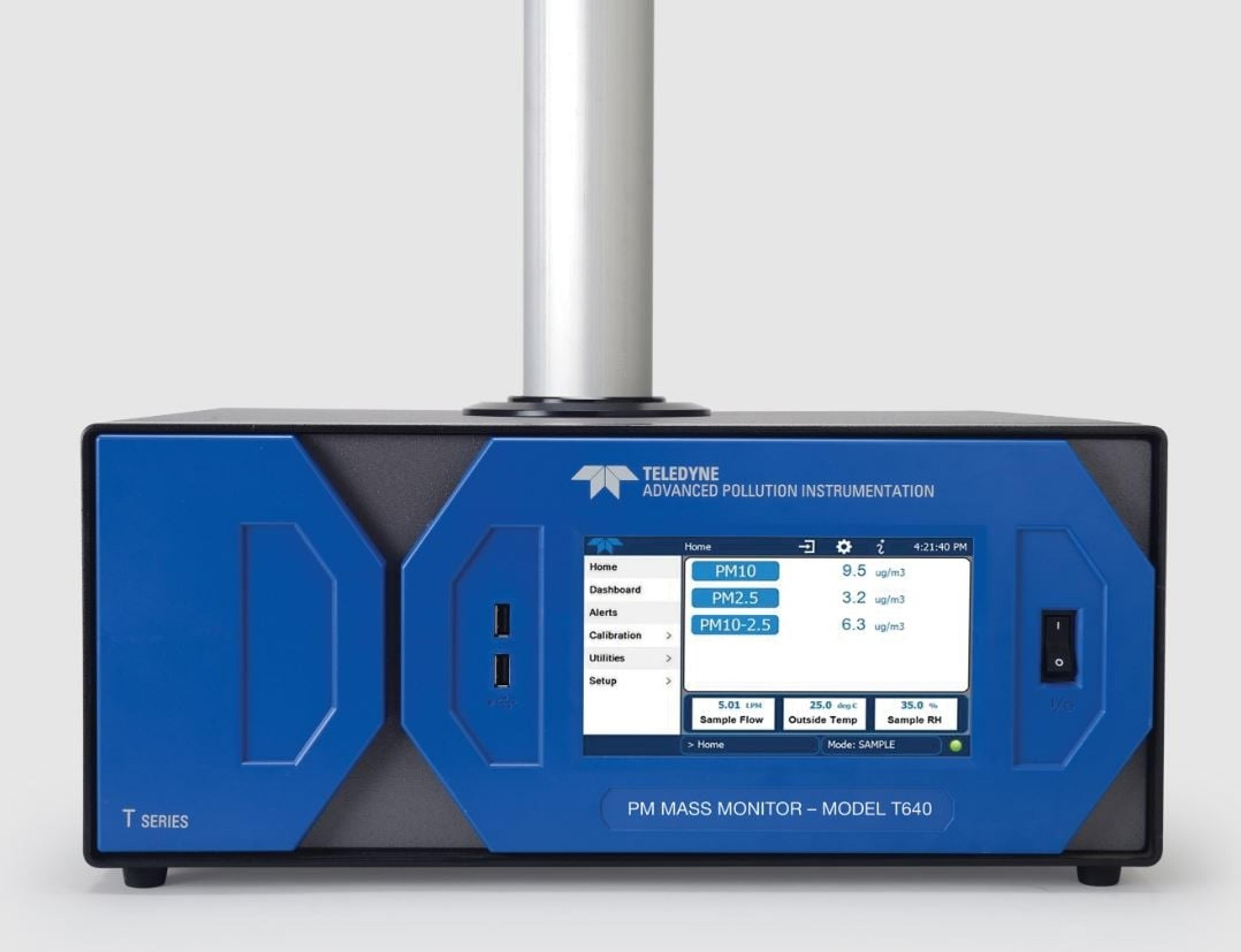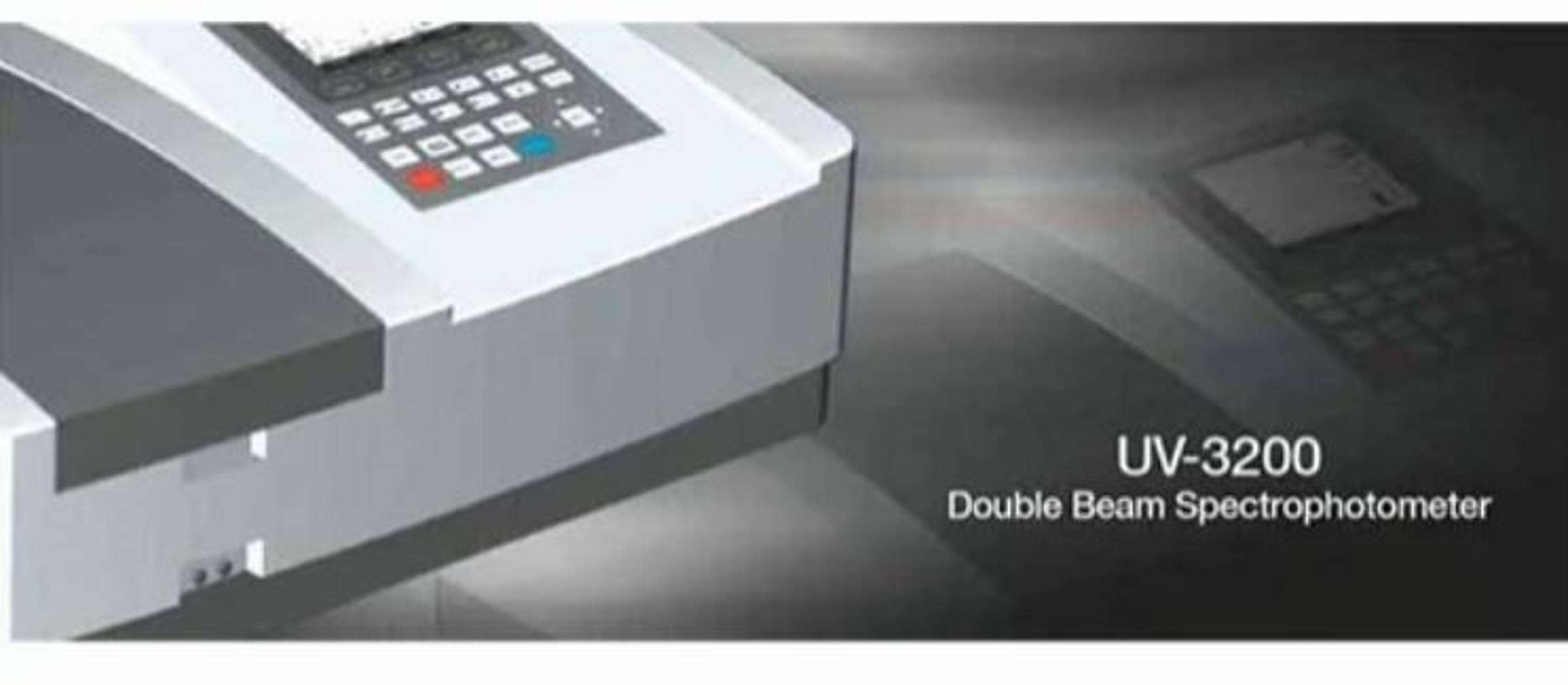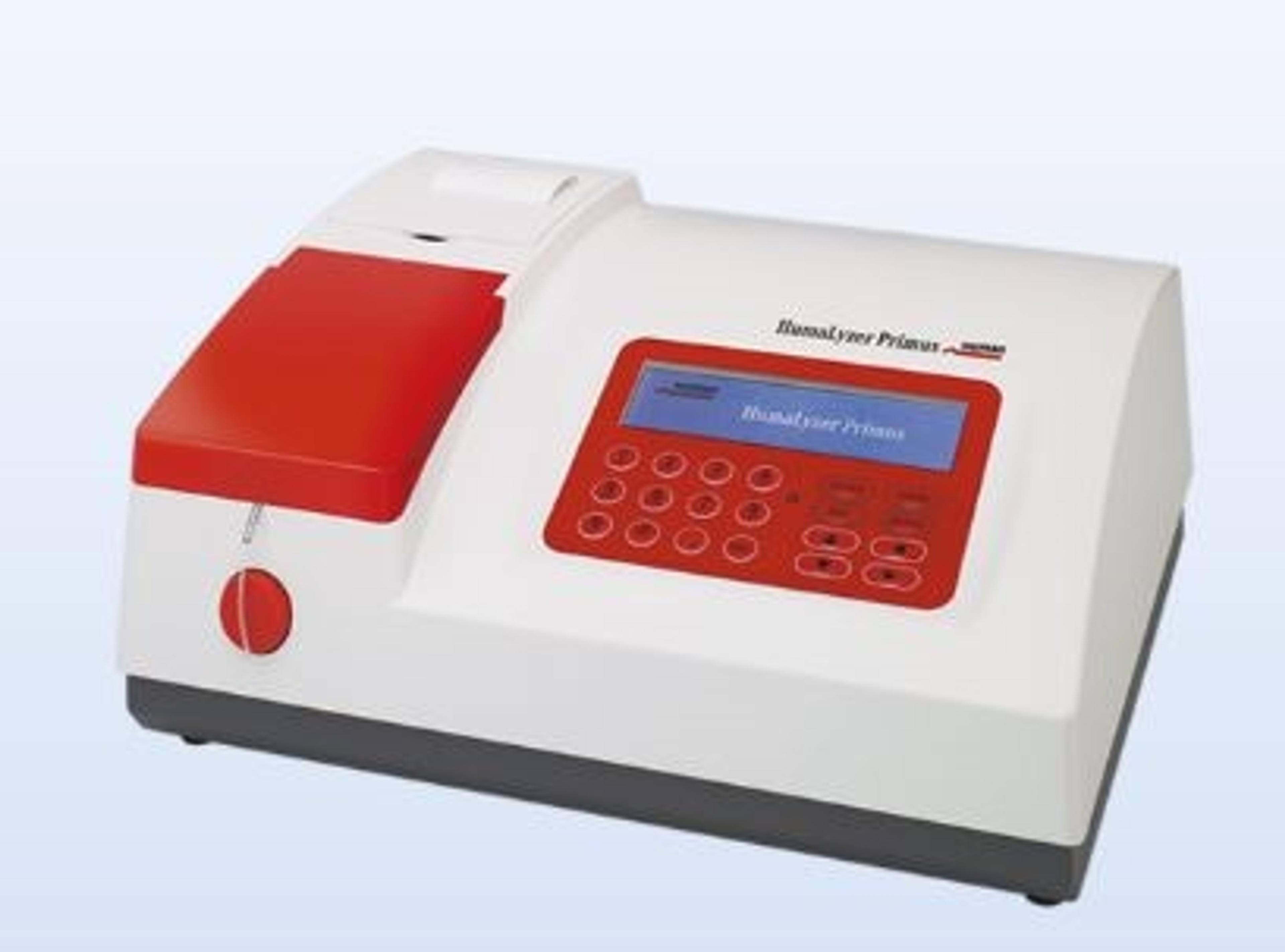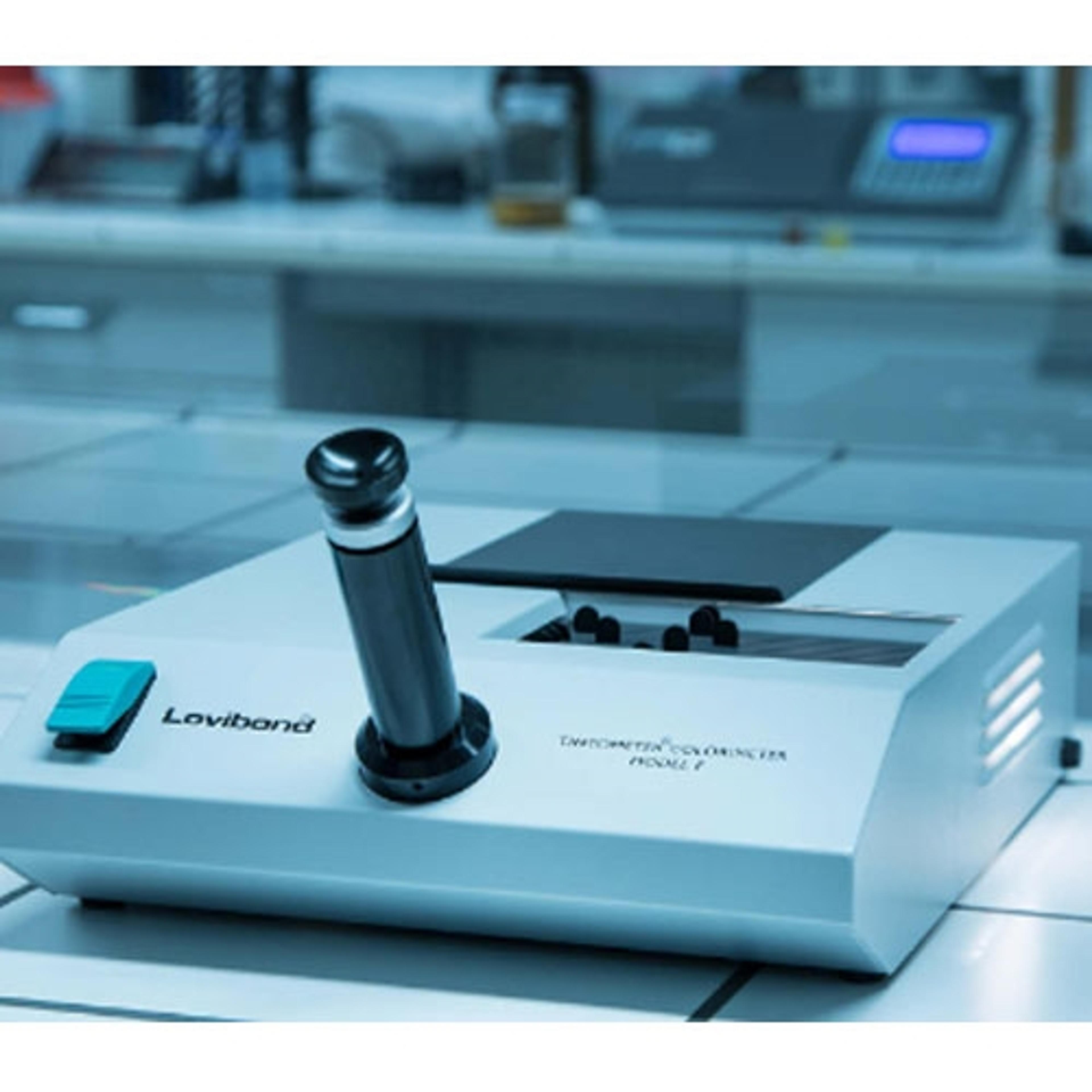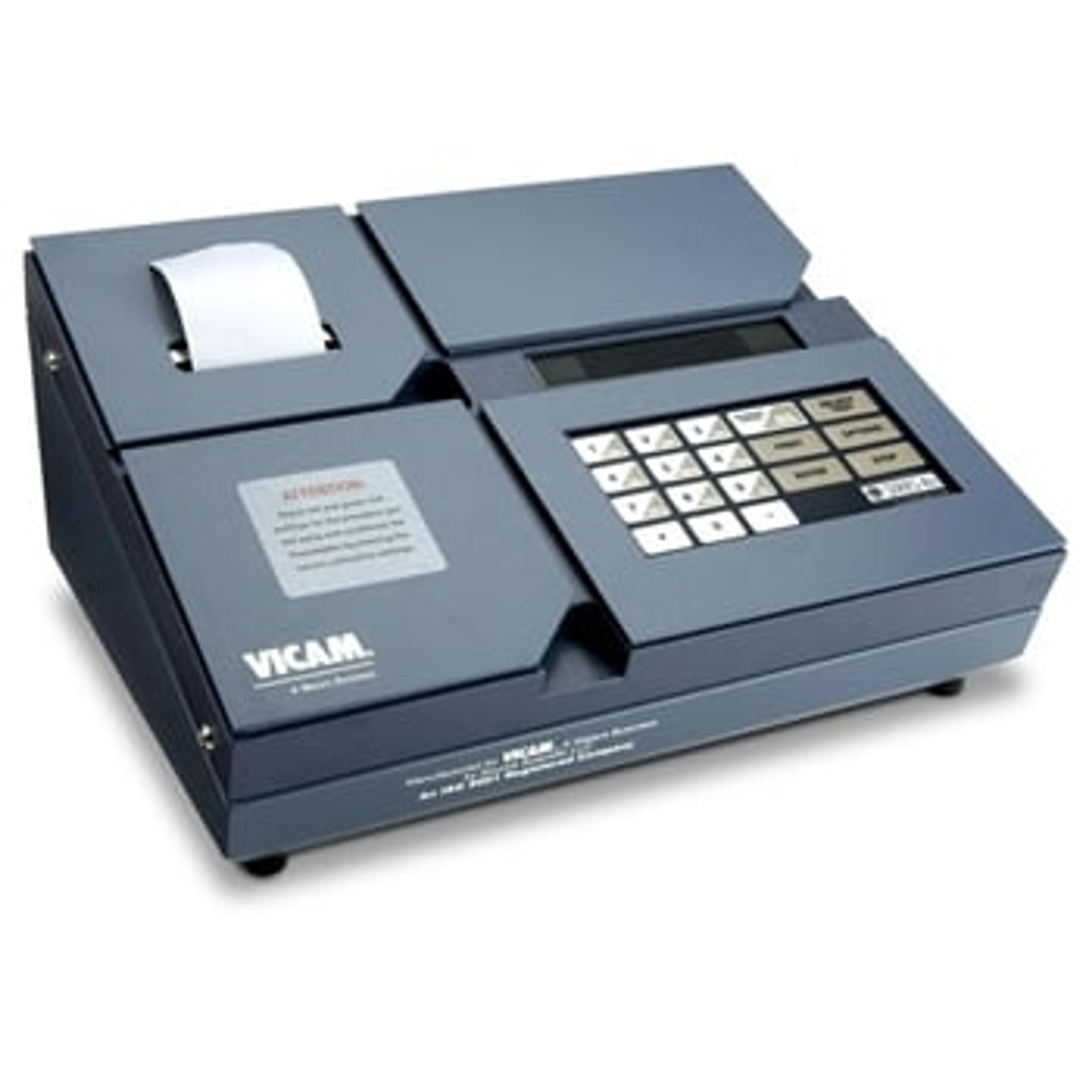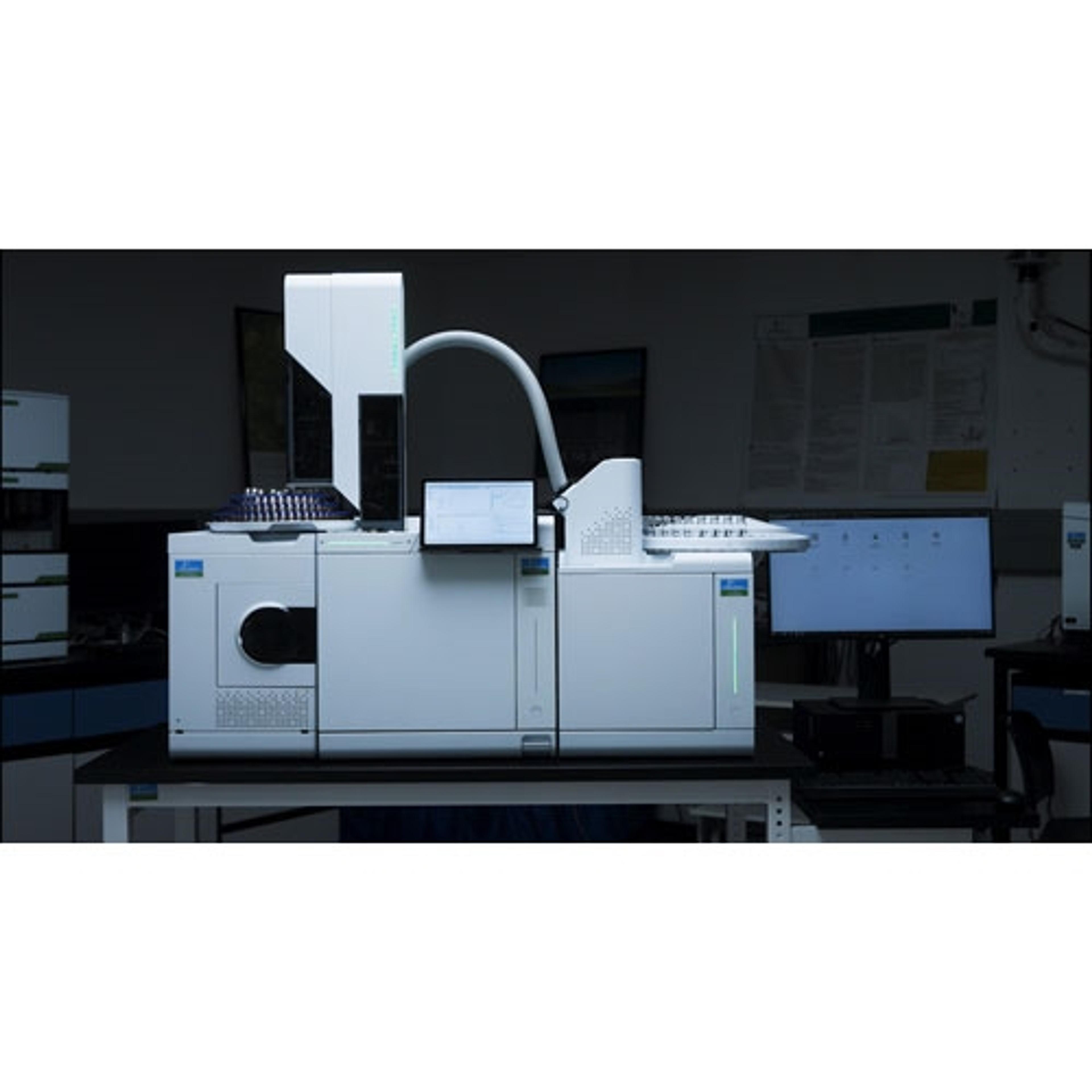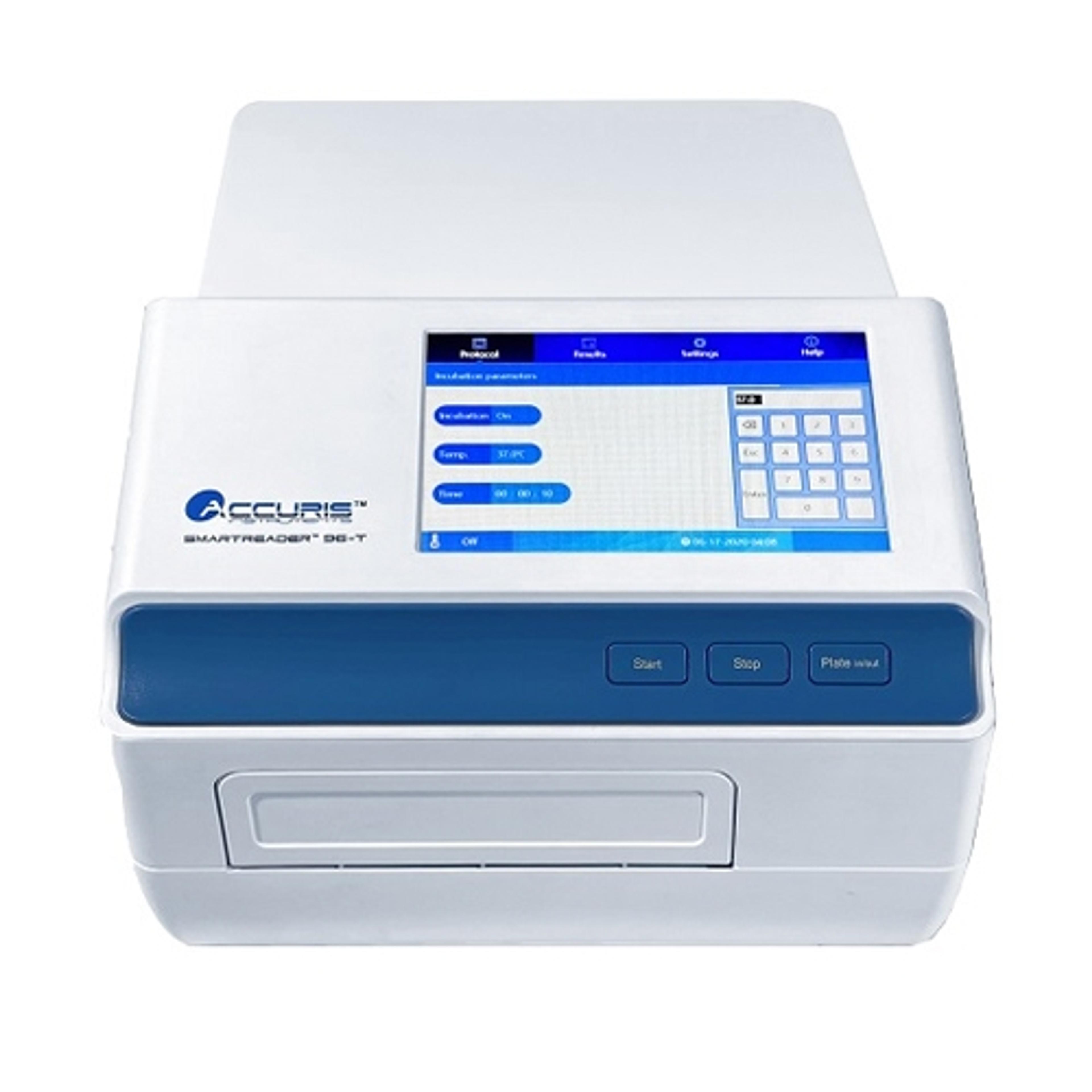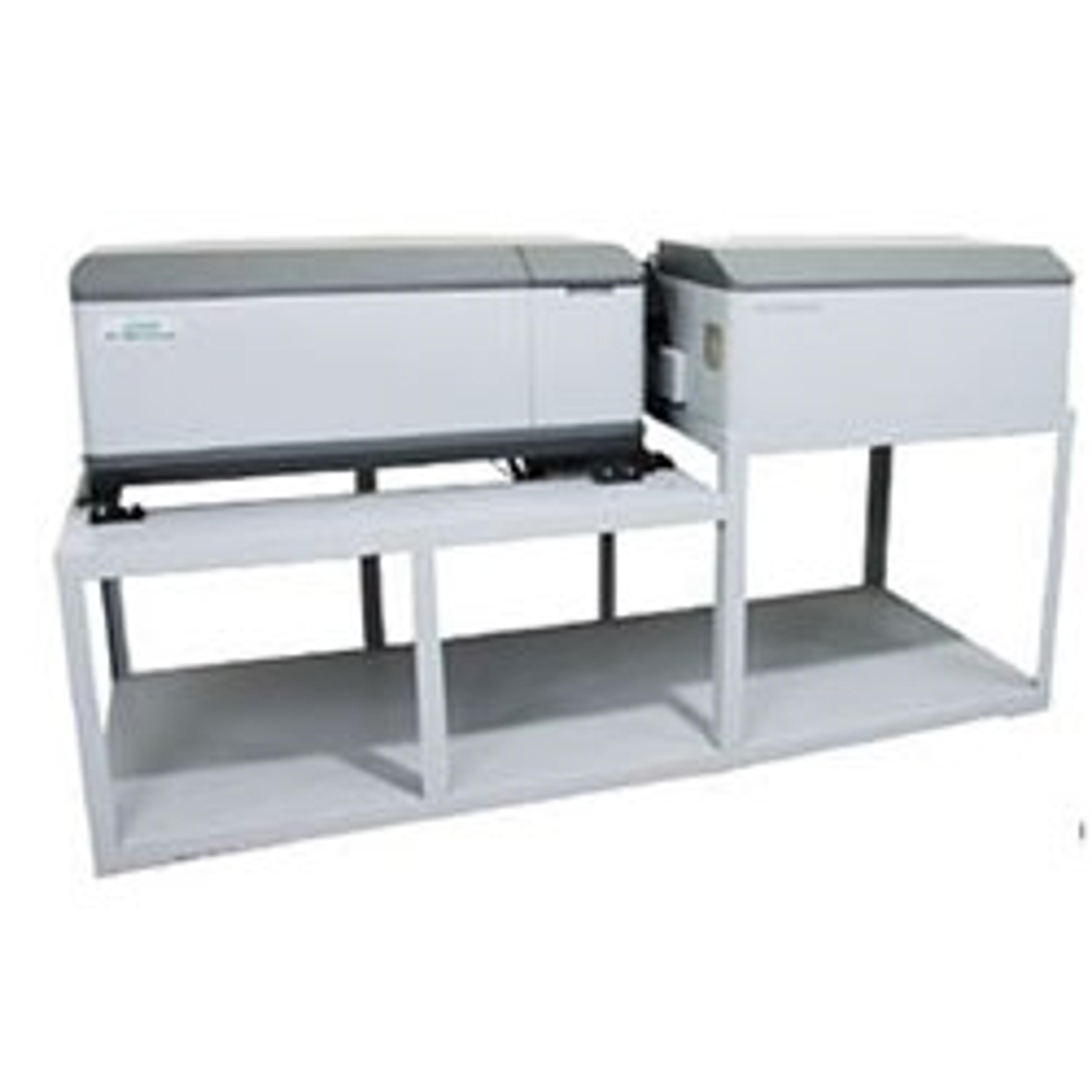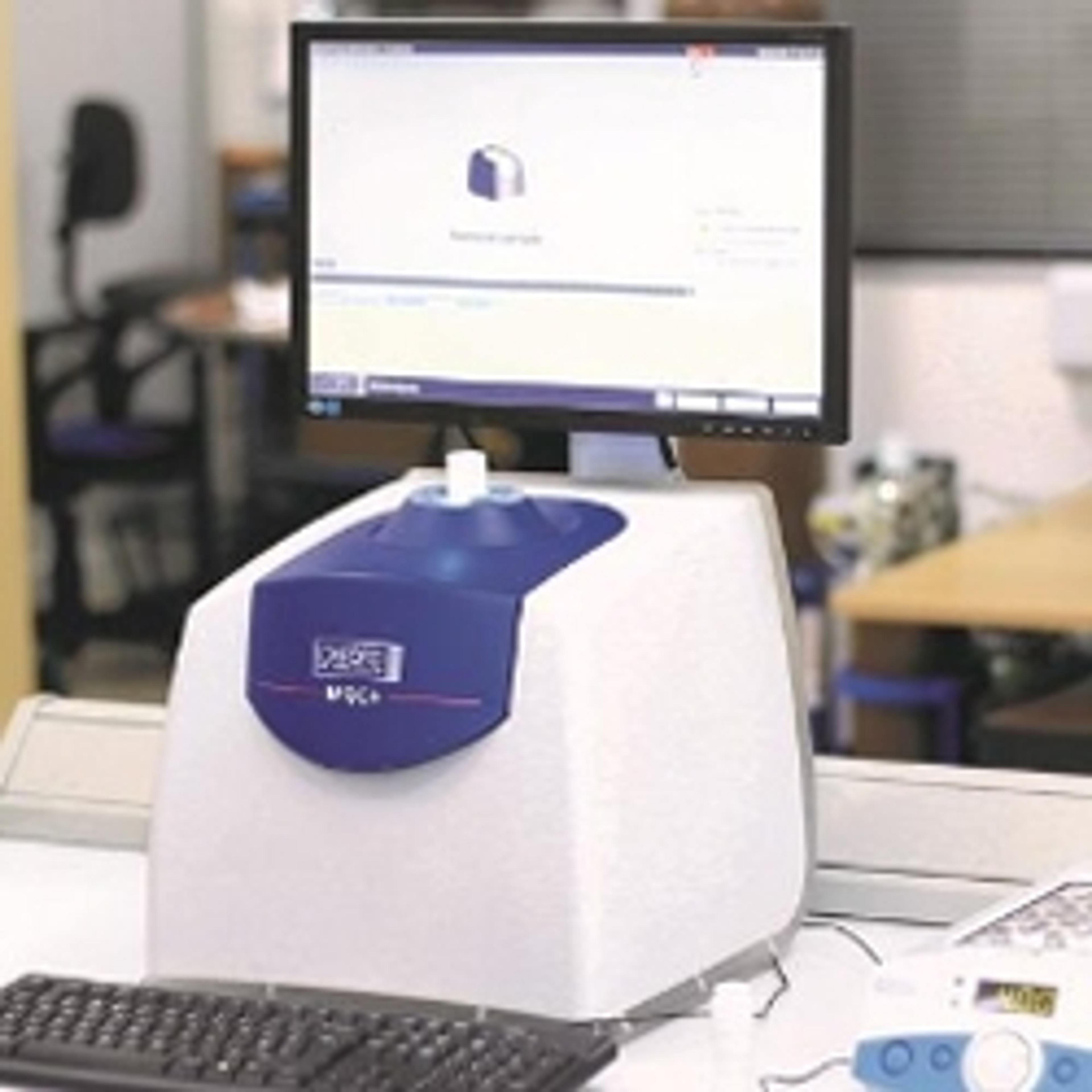Materials Products & Reviews
Materials analysis examines the properties, composition, and behavior of materials at a microscopic and macroscopic level. Using advanced techniques such as microscopy, spectroscopy, and chromatography, materials analysts investigate the structure, purity, and performance of various substances. From industrial materials and nanomaterials to battery testing and beyond, this field provides critical insights into the characteristics and applications of materials across industries such as manufacturing, electronics, and healthcare. Explore how materials analysis drives innovation, quality assurance, and product development for a wide range of applications.
Selected Filters:
Brunel SP50 Trinocular
Brunel Microscopes LtdThe SP50 trinocular is a modern microscope with an LED light source with rheostat brightness control. The good size mechanical stage has drop down coaxial controls with a double vernier scale location system. The SP50 has a full substage which includes an Abbe condenser with an independent focus control (N.A. 1.25), iris diaphragm and filter carrier. DIN standard parfocal objectives. The high power objectives have retractab…
Spectroquant® Move colorimeter
MerckAccurate colorimetric analysis for Water, Environmental, Food, and Beverage Testing on the go and anywhere!
DMA™ Next-Level Density Meters
Anton PaarFive decades innovating. Five decades refining. Five decades making market-leading digital density meters. Now taking density measurement to the next level – The Next-Level Density Meter. 16x more data storage (10,000 measurements), 2x faster Next-Level CPU, 20 seconds to 4-digit results, up to 6-digit accuracy, top compliance, 360° care. The world’s fastest, most intelligent digital density meter. No matter how challenging th…
MCR Evolution Series Rheometers
Anton PAAR USAThe new MCR Evolution series is the result of consistent thinking and rethinking, of continuous development based on decades of experience and the feedback of more than 10,000 satisfied customers.
SVM Kinematic Viscometers
Anton PaarExchange all your capillaries for one single unit and save enormous amounts of time and money: the SVM viscometers provide the highest flexibility by covering the entire viscosity, density, and temperature range with a single measurement cell and deliver results in seconds. With SVM you can certify jet fuel, diesel, biodiesel blends, and marine fuels; classify crude oils and determine the VI of your lubricant. Whatever challen…
Reacti-Therm™ Heating and Stirring Modules
Thermo Fisher ScientificPerform derivatization and other small-scale reactions reliably and with ease using the Thermo Scientific™ Reacti-Therm™ Heating and Stirring module.
Autosorb iQ Chemisorption
Quantachrome InstrumentsChemisorption (& Physisorption) Gas Sorption Analyzer
timsTOF SCP
Bruker Life Science Mass SpectrometryReach one cell at a time. Discover true cell heterogeneity.
NanoAssemblr® Spark™
Precision NanoSystemsThe Spark is ideal for screening novel genetic medicine formulations.
LEXT™ OLS5100 3D Laser Scanning Microscope
Olympus IMSLaser microscope for material analysis, smart workflow, faster experiments
Economical Gas Chromatographs Systems
Cole-Parmer Instrument Co.Affordable and high-quality analysis
EQR-200 Vibratory Disc Mill
EquilabThe EQR-200 Vibratory Disc Mill is a grinding unit specially designed to obtain analytical granulometries of a wide variety of samples, such as glass, earth, slag, metallic oxides, ferroalloys, and ceramic materials, amongst many others.
Double Beam Spectrophotometer - (UV 3200)
Labindia AnalyticalLABINDIA Series 3000 is a feature packed double beam UV Visible Spectrophotometer. It uses Czerny-Turner mounting for its monochromator and offers fixed as well as variable Spectral Bandwidth. Available as either a standalone instrument of a PC-controlled instrument and performs Measurements, Data analysis, QA/QC function Validation and Report printing, Labindia Spectrophotometers have extensive applications in the fields such…
Beaglehole Instruments Picometer Ellipsometer
Beaglehole Instruments LtdSpectroscopic and Single-Wavelength Ellipsometry. Optically flat surfaces are essential. The sensitivity is usually shot noise limited, and typically is equivalent to an ellipticity of about 10?5, or to a polarisation angle of 10?³ degrees at a time constant of 1 sec.
Model F (BS 684)
LovibondThe Model F is a visual colorimeter designed to optimize the use of Lovibond ® glass filters in order to express color in terms of Lovibond® Red, Yellow, Blue, and Neutral.
Series-4EX Fluorometer
VICAMThe VICAM Series-4EX Fluorometer accurately measures down to extremely low PPT concentrations of mycotoxins in samples prepared using VICAMís columns.
GC 2400™ Platform with Detachable Touchscreen
PerkinElmerExperience innovative GC workflows with the smart, simplified, and sustainable GC 2400 Platform
Accuris SmartReader 96
Benchmark Scientific, Inc.The Accuris SmartReader 96, models MR9600 and MR9600-T are welcome additions to any lab that is routinely measuring concentration or absorbance in 96 well plates. The 7-inch touch screen, intuitive software and graphical interface make these instruments easy to use as a standalone reader (a separate computer and additional software is not required).
CPL-300 Circularly Polarized Luminescence Spectrophotometer
JASCO (USA)The circularly polarized luminescence spectrophotometer supplements the information obtained from other chiroptical techniques such as electronic or vibrational circular dichroism. Circular dichroism (CD) spectroscopy is widely used in the study of optically active substances.
MQC+ Benchtop NMR Analyzer
Oxford Instruments Magnetic ResonanceThe MQC+ benchtop Nuclear Magnetic Resonance (NMR) analyzer measures oil, water, fluorine, and solid fat in various samples and is typically used for quality assurance and quality control. It also measures the physical properties of materials such as polymer crystallinity/density and molecular weight. Analysis using the MQC+ takes from a few seconds to a few minutes, meaning a high volume of samples can be processed quickly a…


